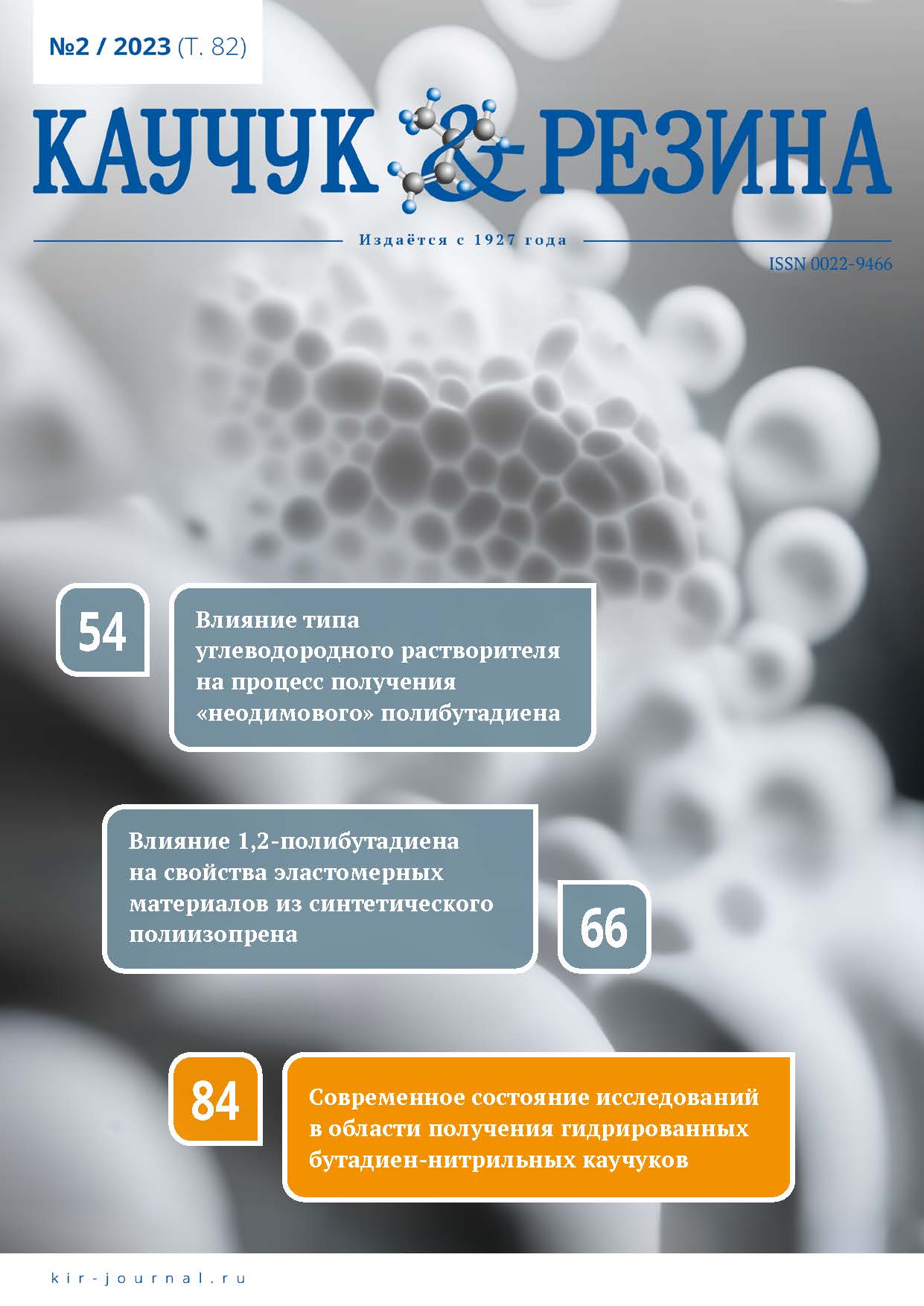Сompressibility of Сomposite Material with Fiber Filler and Elastomeric Matrix
Published 2023-04-25
How to Cite
Abstract
The compressibility of composite materials obtained by feeding synthetic latex, non-woven needle-punched fabric made of fibers of increased linear density is investigated. For impregnation, a cloth made of polyethylene terephthalate fibers with a linear density of 1,7 tex was used compared with cloths made of fibers with a linear density of 0,33 tex. An approach to modeling the dependence of compressibility of composite materials on the degree of impregnation and a given pressure is proposed. The approach is to establish a relationship between the degree of compressibility of composite materials and a conditional pressure equal to the square root of the pressure value. A complex relationship has been obtained between the degree of compressibility and the degree of impregnation of the canvas with latex, the compressibility of the composite material begins to decrease when the degree of impregnation is greater than a certain critical value. Compression resistance depends on the formation of bridges between the fibers made of elastomer particles, which limit the mobility of the fibers under pressure. When the degree of impregnation is less than the critical value, the elastomer particles are concentrated in the space between the fibers. Bridges are formed only after filling the space between the fibers with elastomer particles. The optimal composition of materials with the required compressibility under the action of a given pressure has been established.

